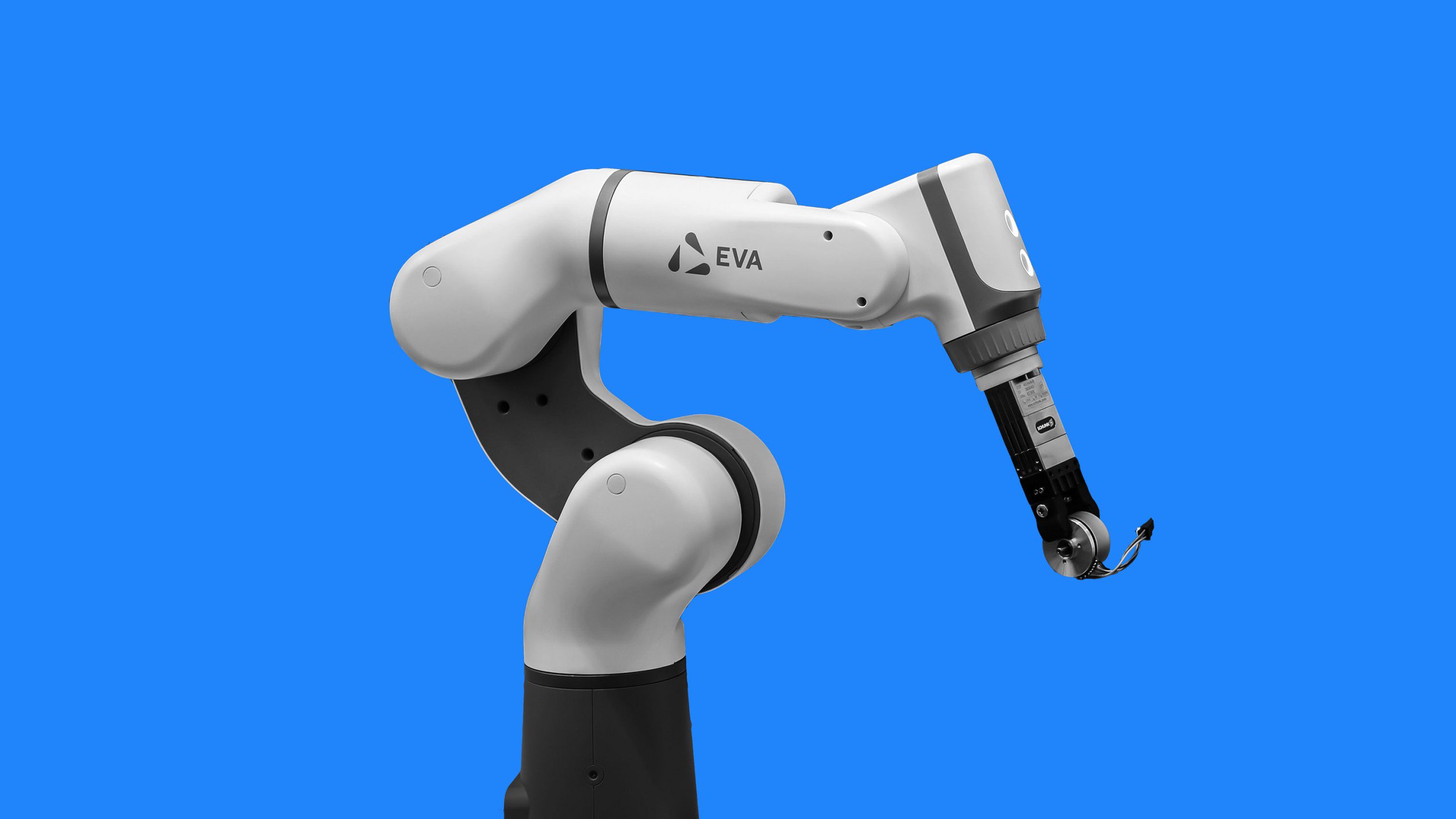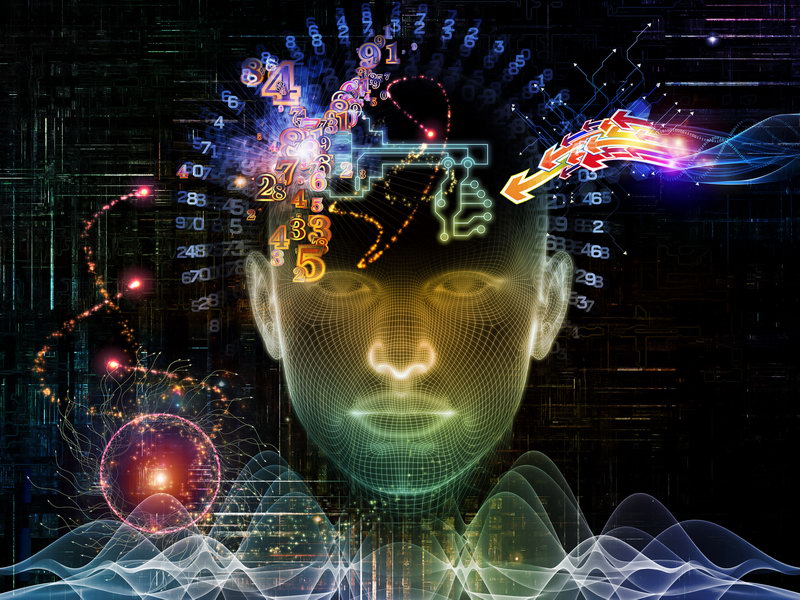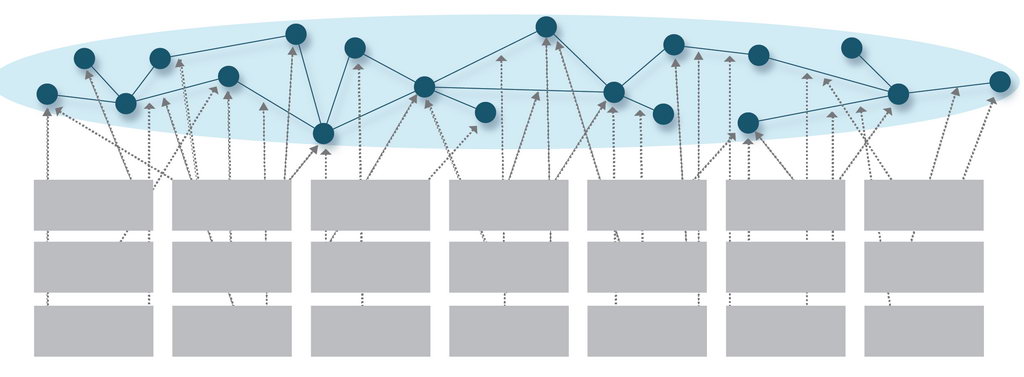Drucker has been a Business Guru for many of us.
Many of his quotes have become mantras and like mantras often misunderstood.
His quip about Strategy and Culture, if he really said it, is preeminent among them.
The Company Culture has two parts: The “Company’s System of Values” which is the Moral Part and the “Company’s Organizational Culture” which is the Practical one.
The meaning of this quote is that the Strategist must understand well the Organizational Culture of the Business Entity and take it under consideration when designing Strategy.
The main parameters to understand in the Organizational Culture i.e. the way that the Organization of any Business Entity does things, are:
- The understanding of the total dynamic relationship between its products and its customers.
- The reaction time to external or internal stimuli (which defines the inertia of the Organization and therefore it’s agility). This is a key issue.
- Its procedures, processes and interactions between the various departments.
- The methods of collection, treatment and use of data.
and most of all,
- Its collective intelligence and the ability to see as accurately and as far into the future.
Up to now, a CEO, like a car driver, had to understand the road ahead and the maneuvering characteristics of the car (i.e. the Business) that he/she was driving.
Changing significantly the car characteristics was neither fast nor cheap and not easy.
The envelope of the car’s characteristics is the of an Organization.
Modern technology gives us the ability to change faster and cheaper, the characteristics of the “car” and therefore be freer in the choice of roads to be taken.
All Organizational Culture boils down to people, present and past.
For the first time, technology starts giving the ability to the CEO and the C-suite to bypass the prevailing Organizational Culture much faster than before.
This does not mean that staff can be ignored but it does mean that the “permafrost” of Middle Management can be penetrated faster.
A procedure can be installed and when necessary tweaked as required, without innumerable meetings, memos, and mails.
In the context of this article, Technology is mainly Business Automation, exploiting the technological frontiers.
of AI, machine learning, robotics, IoT, 5G and similar. Essentially, it is riding the wave of the First Cognitive Revolution.
The 90% of a Business consists in managing and executing efficiently the mundane.
The remaining 10%, which is the creative part, is constrained by the limitations -within the Business Culture of each Company- to execute adequately the mundane. There is never a perfect execution. This is due to what is called the “Internal Company Friction”.
The new Cognitive Revolution allows for reduction of the Internal Company Friction by dispatching the current business and in doing so, helping innovative and creative initiatives to be realized faster.
From Customer Journey analytics and automated Supply Chains to the refinement of the delivery times calculations; from automated warehouses to cashier less supermarkets and to fully automated monitoring and control of a process; the new Technologies are spreading to more and more Businesses.
The 5G combined with IoT is equally or more impactful for Business than the passage, from Steam & Coal to Internal Combustion Engine & Oil, was.
Although more than half of Companies around the World are struggling with the new Technologies, new Technologies are now entering even at SME business level.
A simple example is the new robotic arm.
As reported in the MIT Technology review https://www.technologyreview.com/s/613577/anyone-can-program-this-cheap-robot-arm-in-just-15-minutes/:
Automata, a robotics firm in London, sells its robotic arm for just $7,500. This robotic arm provides the more basic functions that small firms actually need.
It’s light enough to carry in a backpack, and compact enough to sit on a desk. More important, it’s designed to be easy to use. Its software can run on any device and includes drag-and-drop functions. Automata says that anyone can learn to program it in just 15 minutes with minimal or no training.
(No human worker can be trained to do a basic industrial task in such a short time).
This robotic arm is applicable to metal fabrication, electronics, pharmaceuticals, and packaging, among others.
It replaces simple, repetitive manual tasks such as product testing, placing things on conveyor belts, sorting, dispensing, and inspection.
This means that not only big Corporations but even SMEs will be replacing humans by cheap and easily programmable robots.
This is only the first step.
The greater benefits of the First Cognitive Revolution are not limited to better execution of Business.
The greater benefits of the Cognitive Revolution are on the intellectual/creative level.
The most important part of strategic business thinking demands accurate mapping of the specific business environment. From who is the customer and who is the competition, managing the customer experience even with the supply chain, to the relevant SWOT and all possible forecasting.
This is where Data comes in as never before.
Previously the buzz word was “facts”.
“Facts” was always a somehow biased perception of reality, that was broadly accepted or imposed by the top team of a Company and always required to be presented and supported before a decision was taken.
As Peter Drucker observed: “No one has ever failed to find the facts they are looking for”.
Data are superior to “facts”.
Data per se is not helpful.
Processed data becomes information.
Processed information becomes Intelligence.
Processed intelligence becomes Knowledge.
Processed knowledge becomes Comprehension.
Processed comprehension becomes Wisdom.
The progress so far of AI and associated systems can transform data into Knowledge.
Comprehension is a higher intellectual level, which has not been securely reached by machines yet.
But an automated process that leads from data to knowledge is a huge leap for  Businesses.
Businesses.
Automated data processing and analytics enable the users to focus on the important questions, in the value chain.
What would it take before a number of humans, mining, collating and subjectively interpreting data, is now done by an algorithm.
The only thing to do is to regularly audit and measure the accuracy of this algorithm.
Once this is established, the algorithm is consistent, free of random errors and improving as data is accumulated. This allows for greater accuracy, speed and agility.
This type of digital knowledge allows also to design, deploy, and perform business processes to deliver desired outcomes better and faster than before with a much-reduced number of humans involved.
The new Technologies provide managers with the ability to skip Organizational layers and focus on comprehension and decision making, depending less on Organizational Culture and more on machines.
Each department of the Technologically advanced Company will focus its human talent more on quality and less on quantity. That will improve the dynamic relationship with customers, the reaction time to stimuli, ensuring faster and more consistent processes and procedures and most of all will give increased time to talent in each division to create and plan ahead.
All departments of a Company, even a Technologically advanced one are silos.
 The next and most challenging step for the new technologies is to unite all silos with a common, uniform and linked throughout, operational protocol.
The next and most challenging step for the new technologies is to unite all silos with a common, uniform and linked throughout, operational protocol.
When this is achieved the creative and innovative forces within the Company will develop, unhindered by the present multilayer constraints and individual or collective perceptions.
Company Culture will then be limited to Moral values as it should be.

